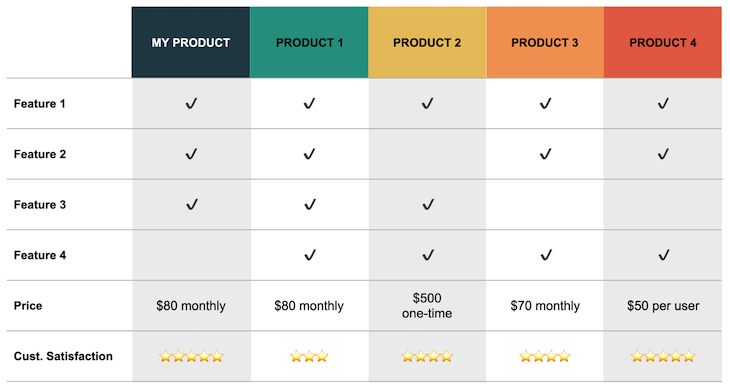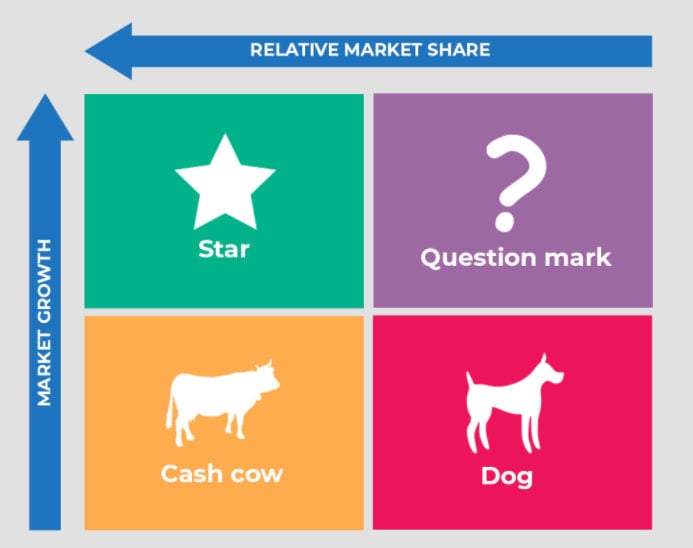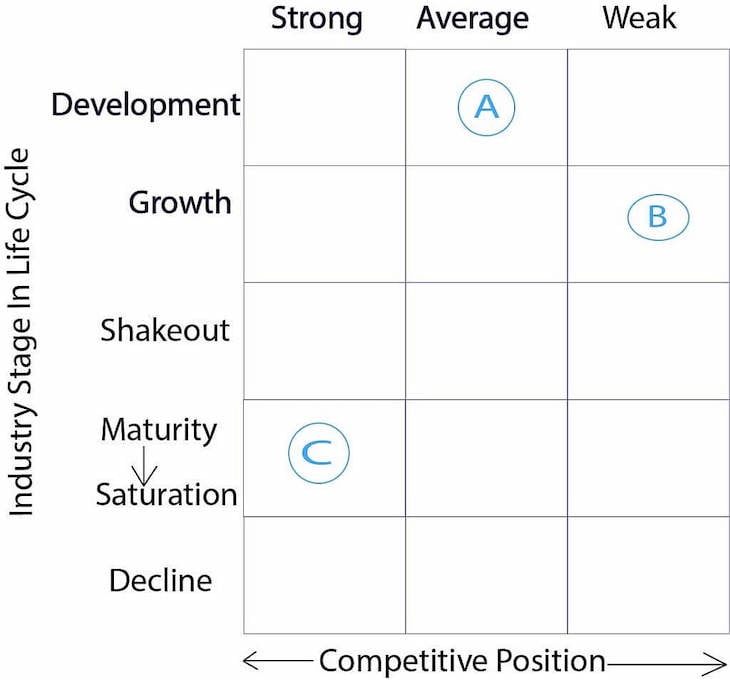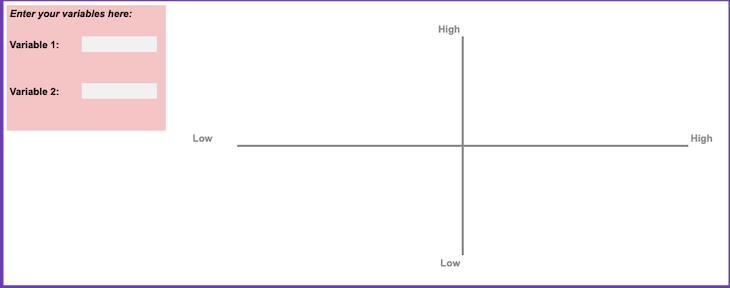Have you ever counted how many decisions you make each day? The number is probably mind-blowing. What to have for breakfast, what to wear, which shoes to put on — and that’s just in the first hour of the day.
As a product manager, making decisions is an integral part of the job description. What to work on next? Which hypothesis to test? How to organize the roadmap? The list goes on.
Some decisions are easy to make, others much harder. That’s why there are lots of tools and frameworks to support you in making decisions. If the barrier to your decision-making is the quantity of information, a product matrix can help you visualize and make sense of the information.
Table of contents
What is a product matrix?
A product matrix compares aspects of multiple products against another dimension or multiple dimensions. Broadly speaking, there are two types of product matrices:
The most appropriate matrix will depend on the type of decision you need to make. You may need to experiment with different types as you make sense of the information you have.
Let’s look at each type of product matrix, walk through how to build one, and explore some examples of the types of decisions you can make using this approach.
Product feature matrix
To create a product feature matrix, create a list of all your products on one axis and a list of features along the other. Then, map which products have which features.
Below is an example of what a product feature matrix looks like:

A product feature matrix is useful when you are thinking about how products in a portfolio complement or overlap with one another.
In itself, the matrix might have limited use for decision-making. But if you combine this with other data and feedback from customers, it can be really powerful. This approach can help you answer questions like:
- Is there too much overlap between two or more products?
- Why is one product selling well when a similar product is not?
- Why is your most feature-rich product not selling as well as other, more basic offerings?
Product market matrix
There are numerous examples of product market matrices being used to drive marketing and strategic decisions going back to the 1960s.
Product market matrices can be helpful for product managers as a way of looking at your portfolio of products against market conditions. In turn, this can help you identify strategies and opportunities for your products.
With the speed of change that occurs in today’s markets, market conditions are worth reviewing to get ahead of the competition.
Types of product market matrices include the following:
BCG matrix (aka growth share matrix)
The classic matrix of this type, familiar to almost anyone who has studied business, is the Boston Consulting Group (BCG) matrix, or the growth share matrix.
To build this matrix, create a 2×2 grid with product growth (high/low) on one side and market growth (high/low) on the other. Then, map your products to each quadrant, identifying products that fit into the following four categories:
- Cash cows
- Rising star
- Pets (or Dog)
- Question marks
The insights gleaned from a growth share matrix can help you decide on strategies to approach future investments.

Hofer’s product market evolution matrix
Another product market matrix worth knowing is Hofer’s product market evolution matrix.
For this, you map your products against the maturity of the sector and the competitive position they hold. This type of analysis is particularly valuable given the increasing speed with which products pass through the lifecycle.

Both of the product market matrices described above can help answer questions like:
- Should you continue to invest in this product?
- How much should you spend on product development or marketing?
- Has the experiment with this product worked?
Product matrix template
The central principle of a product matrix is to map out information to aid decision-making around product development and management. When you have identified the parameters you need to review, you can create a matrix to map out anything.
You can use this free product matrix template to build your own decision-making matrix. To customize the template, first access the spreadsheet and then select File > Make a copy from the menu bar:

Summary
Finding the right tools to help you make decisions as a product manager is one of the many skills you need to succeed. There’s lots of information that needs to be considered when making decisions, and a product matrix can be an invaluable tool for strategic planning.
Although a decision-making matrix is most useful for comparing multiple products, the basic concept can be used to inform decisions around a single product, as long as you can define the sides of the matrix you need to analyze. Try it out using the free template above.
Featured image source: IconScout
The post How to use a product matrix for decision-making (template) appeared first on LogRocket Blog.
from LogRocket Blog https://ift.tt/pOiP6X0
Gain $200 in a week
via Read more



